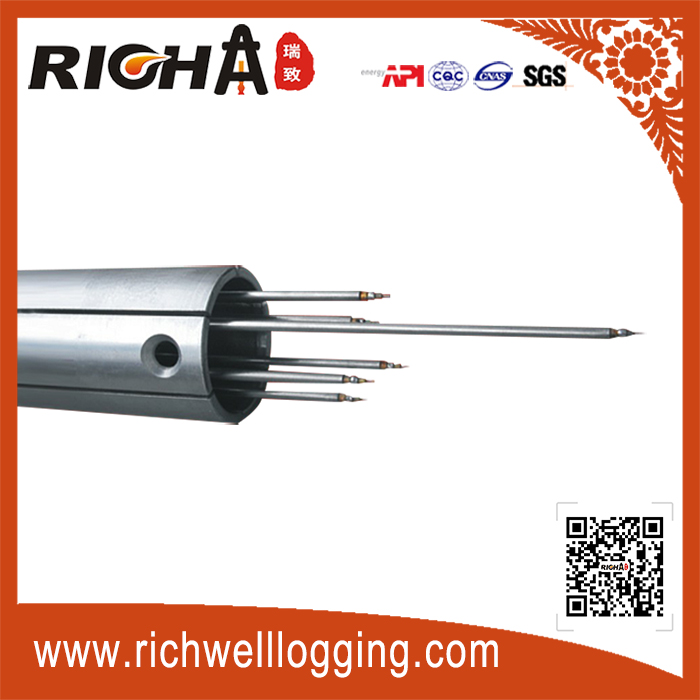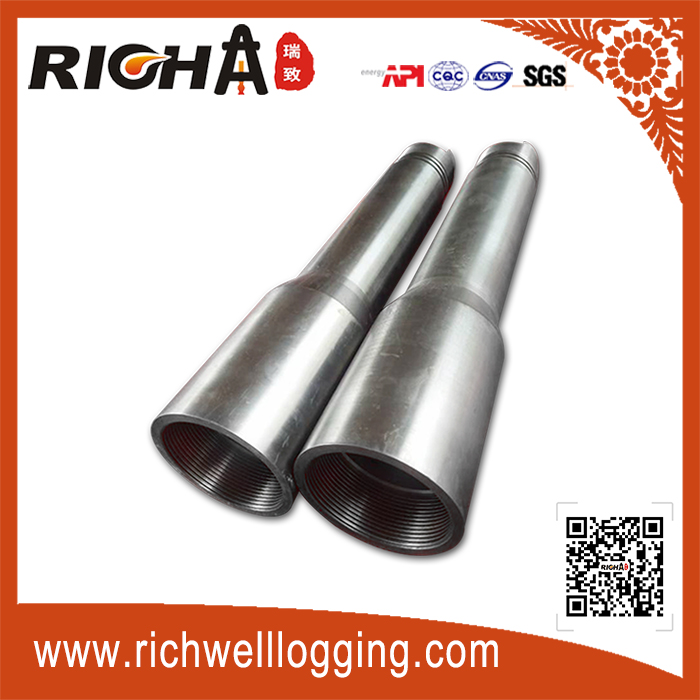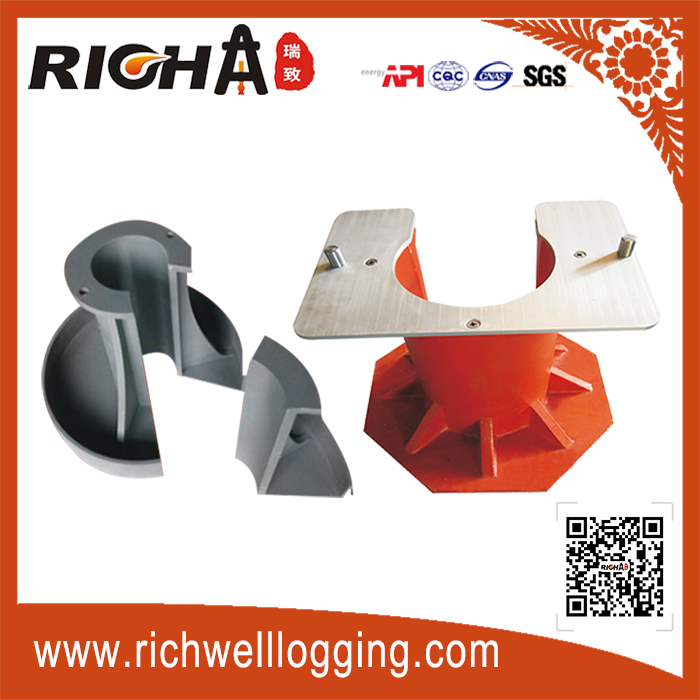Interim Performance Review
The company fully promoted quality and efficiency improvements, maintaining overall financial stability. According to International Financial Reporting Standards, CNPC recorded a total revenue of RMB 929.045 billion in the first half of 2020, representing a year-on-year decrease of 22.3%. Net loss attributable to shareholders of the parent company amounted to RMB 29.983 billion. However, the loss in Q2 narrowed compared to Q1, showing a steady improvement in operating trends.
The Exploration and Production segment achieved an operating profit of RMB 10.351 billion. The Refining and Chemicals segment reported an operating loss of RMB 10.540 billion, with refining operations losing RMB 13.644 billion and chemical operations generating a profit of RMB 3.104 billion. The Sales segment posted an operating loss of RMB 12.892 billion. The Natural Gas and Pipeline segment achieved an operating profit of RMB 14.372 billion.
The company strictly controlled expenses and capital expenditures, maintaining sound financial health. Capital expenditures in the first half of 2020 stood at RMB 74.761 billion, an 11.0% year-on-year decrease. Full-year capital expenditures are projected to be RMB 228.5 billion, down 23.0% from RMB 296.776 billion in 2019. Taking into account operating performance, financial status, cash flow, and expected benefits from pipeline restructuring, the Board decided to distribute an interim dividend of RMB 0.08742 per share, totaling RMB 16.0 billion to reward shareholders.
Enhancing Scale Efficiency in Exploration and Controlling Costs Effectively
The company continued to strengthen the integrated management of investment, reserves, and costs, aiming to reduce investments, strictly control operating costs, and enhance reserve efficiency. In the first half of the year, the company optimized exploration deployment and achieved major breakthroughs in domestic risk and focused exploration. The Tarim Man Shen-1 well yielded high-output oil and gas flow, marking a significant ultra-deep oil and gas exploration breakthrough in the basin’s central region. Several risk exploration wells such as Peng Tan-1 in Sichuan, Lun Tan-1 in Tarim, and Sha Tan-2 in Junggar made new breakthroughs, opening new exploration fields.
Overseas oil and gas business made steady progress, with new advances in Chad risk exploration and rolling exploration in the Kazakhstan PK project. The company continued to manage existing projects in cooperation zones in the Middle East, Central Asia, the Americas, and Asia-Pacific to ensure high-quality and efficient development.
In the first half of the year, the company produced 475 million barrels of crude oil, up 5.2% year-on-year; marketable natural gas production reached 2.15 trillion cubic feet, up 9.4%; and oil and gas equivalent output was 834 million barrels, up 7.0% year-on-year. Operating costs for oil and gas were USD 9.64 per barrel, down 14.0% year-on-year.
Firmly Advancing Refining-to-Chemicals Shift and Increasing High-Efficiency Product Output
In response to declining market demand and reduced plant loads, the refining and chemicals segment focused on optimizing operations. Market-oriented strategies were employed to allocate crude resources, adjust processing loads, and accelerate the transition from refining to chemicals. Product structure was continuously optimized with flexible gasoline-diesel ratio adjustments and increased output of high-efficiency products. Direct sales of chemical products also improved.
Major projects such as the Guangdong Petrochemical Refining-Chemical Integration and ethane-to-ethylene projects in Tarim and Changqing were advanced in an orderly manner. In the first half of 2020, crude oil processing reached 568 million barrels, down 4.9% year-on-year; refined oil product output totaled 52.085 million tons, down 8.2%. Chemical product output rose to 13.847 million tons, a 9.5% increase; ethylene output grew by 4.0%, and synthetic resin and synthetic rubber output increased by 3.7% and 4.7% respectively.
Strengthening Precision Marketing to Enhance Value Chain Efficiency
Faced with shrinking demand and high inventory levels in the refined oil market, the company focused on enhancing production-sales alignment, capitalizing on the favorable timing of work resumption and spring farming. Efforts were made to intensify product marketing, improve price realization, and increase sales in key regions. This ensured smooth refinery operations and overall crude oil value chain stability. Additionally, the company optimized refined oil export rhythms and promoted coordinated integration of domestic and international markets to enhance the overall value chain.
In the first half of 2020, the company sold 76.569 million tons of gasoline, kerosene, and diesel, of which 48.572 million tons were sold domestically.
Continued Optimization of Gas Supply Structure and Enhancement of Terminal Sales Capability
The company implemented targeted measures to reduce procurement costs and actively expanded terminal natural gas markets. It further optimized customer structure and enhanced terminal retail capability. By aligning supply sources with market changes, it promoted the linkage between supply and pricing mechanisms, optimized resource allocation and sales structure. Simultaneously, the company strengthened pipeline safety management to ensure stable and secure operation of the oil and gas pipeline network.
Outlook
Looking ahead to the second half of the year, despite ongoing challenges from the global pandemic and uncertainty in the recovery of the world economy and oil markets, domestic economic activity is gradually resuming, stabilizing oil and gas demand.
The company will remain strategically focused, enhance bottom-line thinking, and pursue high-quality development. It will adhere to the principles of specialized development, market-oriented operation, lean management, and integrated planning. Efforts will continue to build a robust oil and gas production, supply, storage, and sales system, deepen reforms and innovations, emphasize green and low-carbon development, digital transformation, and intelligent operations, and focus on value creation to fully achieve the annual production and operational goals.











